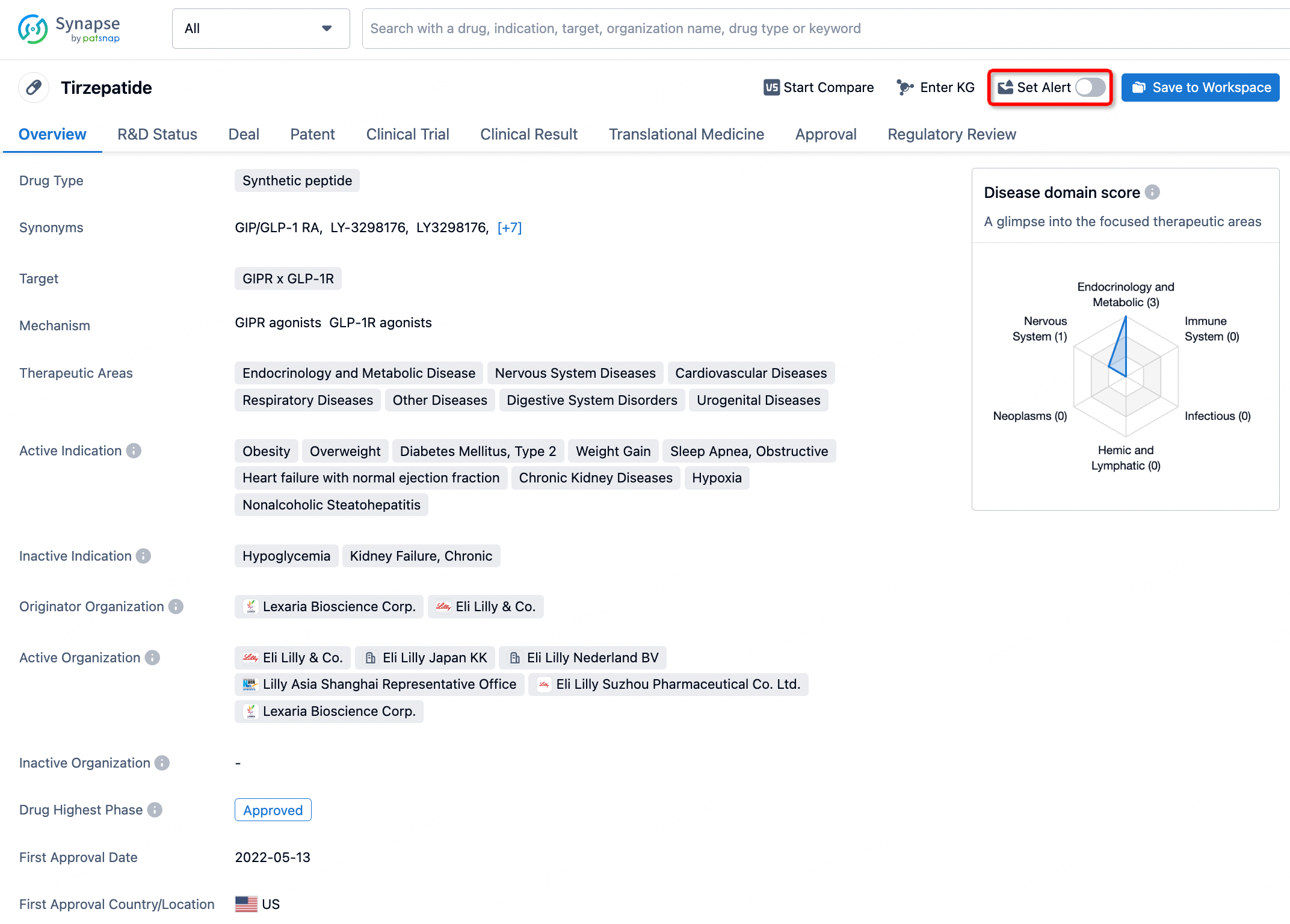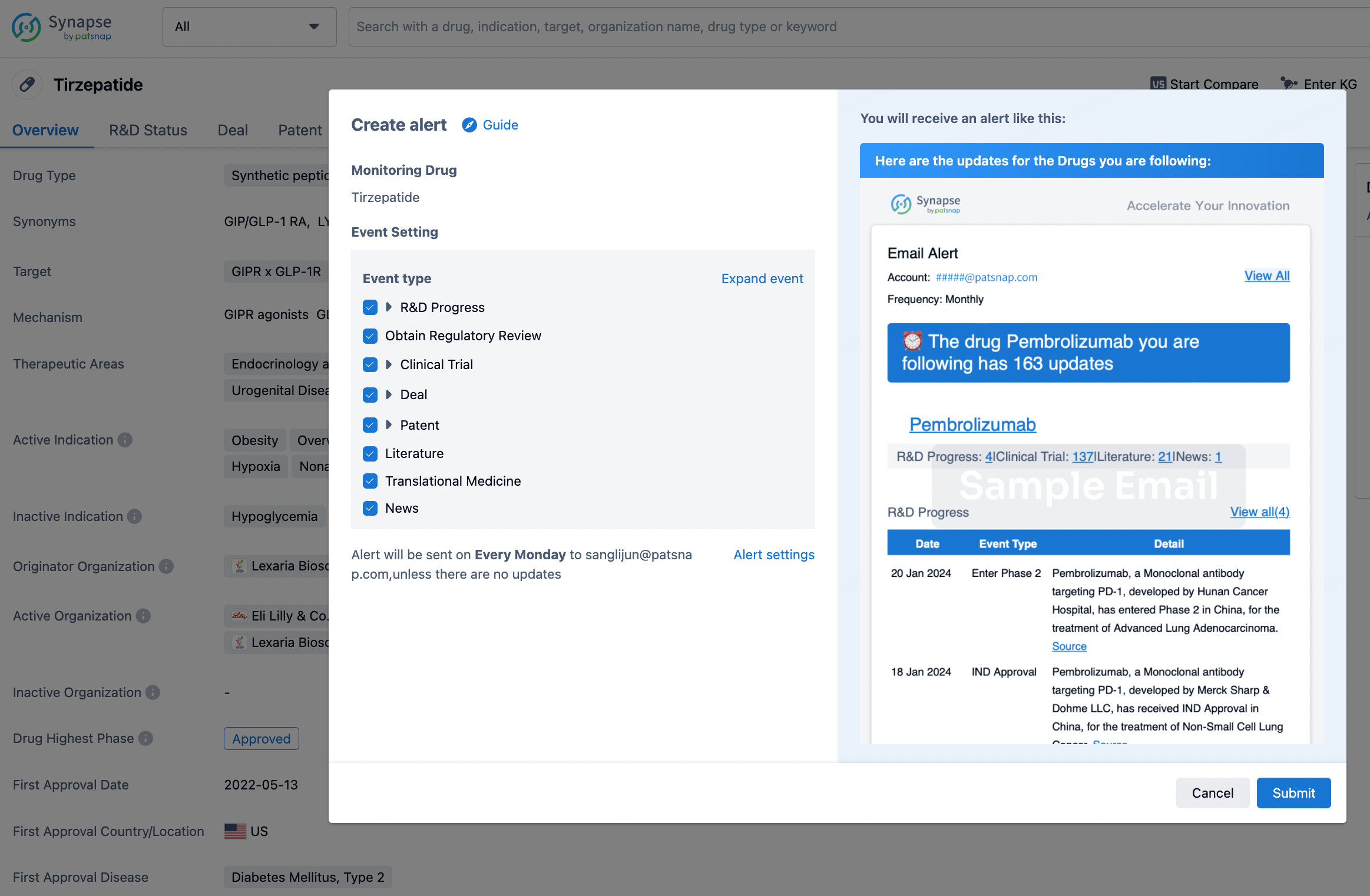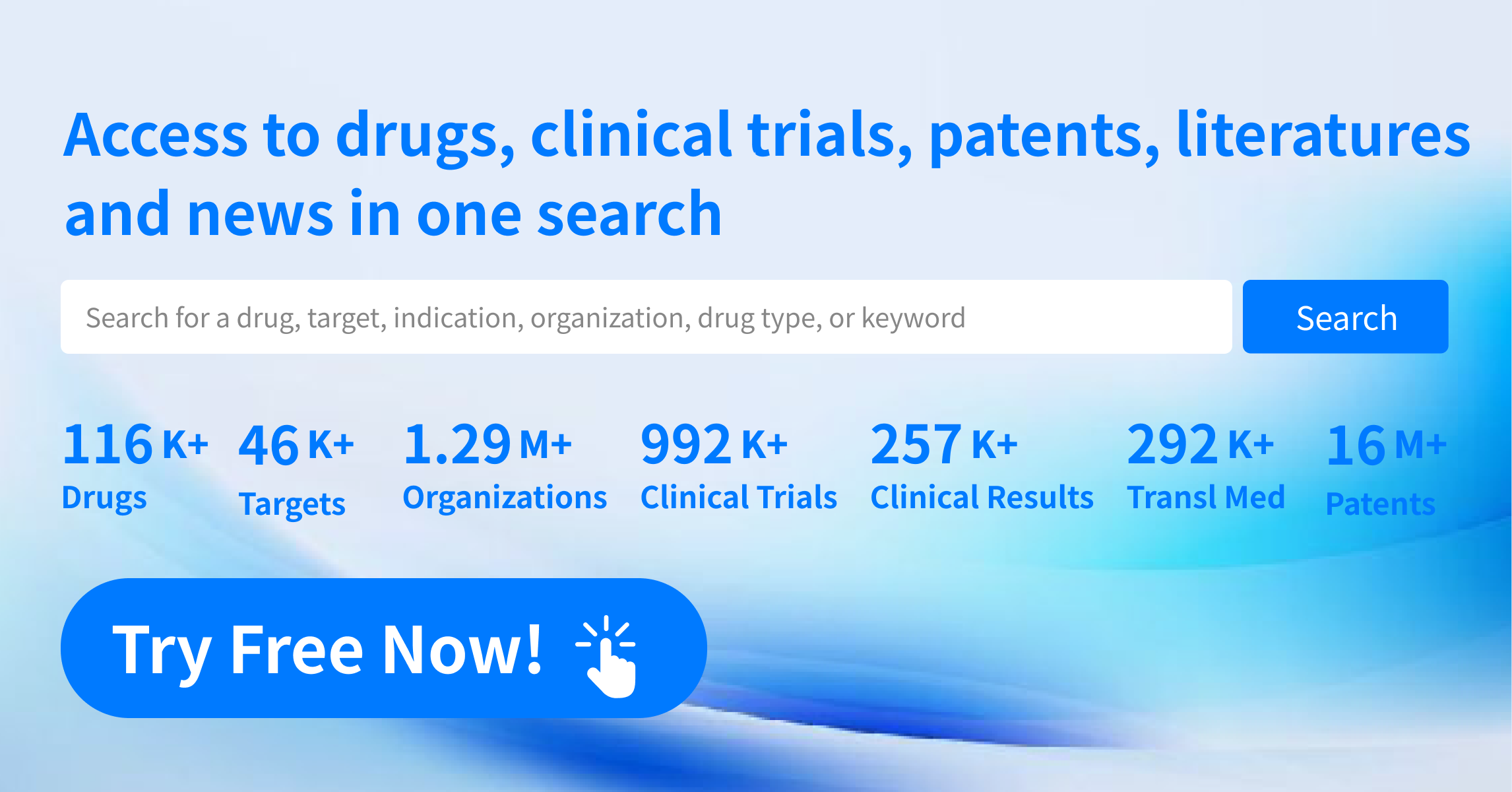Request Demo
What is the mechanism of Ipragliflozin L-Proline?
17 July 2024
Ipragliflozin L-Proline is a relatively new player in the pharmacological management of type 2 diabetes mellitus (T2DM). It belongs to a class of drugs known as sodium-glucose co-transporter 2 (SGLT2) inhibitors. Understanding the precise mechanism of Ipragliflozin L-Proline sheds light on how it aids in the control of blood glucose levels in diabetic patients.
SGLT2 is a protein found primarily in the proximal tubules of the kidneys. It plays a crucial role in glucose reabsorption. Under normal physiological conditions, the kidneys filter approximately 180 grams of glucose daily, reabsorbing nearly all of it back into the bloodstream. SGLT2 accounts for about 90% of this glucose reabsorption. In patients with T2DM, this reabsorption contributes to hyperglycemia.
Ipragliflozin L-Proline targets this glucose reabsorption process. By inhibiting the action of SGLT2, Ipragliflozin prevents glucose reabsorption in the kidneys. This inhibition leads to an increase in urinary glucose excretion, effectively lowering plasma glucose levels. The glucose expelled in the urine provides an alternate route for the excess glucose present in the bloodstream, which helps in reducing overall blood sugar levels.
The mechanism of action of Ipragliflozin L-Proline also extends to its effects on multiple metabolic parameters. The drug has been shown to promote weight loss, an additional benefit for T2DM patients who often struggle with obesity. This weight loss effect is attributed to the loss of calories through the excreted glucose.
Furthermore, it has beneficial effects on blood pressure. The osmotic diuresis induced by increased glucose excretion leads to a reduction in extracellular fluid volume, which subsequently lowers blood pressure. This can be particularly advantageous for T2DM patients who frequently suffer from hypertension.
Ipragliflozin L-Proline's mechanism provides a unique advantage over traditional diabetes medications that primarily focus on increasing insulin secretion or improving insulin sensitivity. Its insulin-independent action makes it a versatile option that can be used in combination with other antidiabetic therapies.
However, while the mechanism offers several benefits, potential risks and side effects must be considered. Increased urinary glucose excretion can create an environment conducive to urinary tract infections and genital mycotic infections. Therefore, monitoring and preventive measures are essential for patients on Ipragliflozin L-Proline therapy.
In summary, Ipragliflozin L-Proline operates by inhibiting the SGLT2 protein in the kidneys, thus blocking glucose reabsorption and promoting glucose excretion through urine. This action not only lowers blood glucose levels but also aids in weight loss and reducing blood pressure. While it offers a novel approach to managing T2DM, healthcare providers must weigh its benefits against potential risks to ensure optimal patient outcomes.
SGLT2 is a protein found primarily in the proximal tubules of the kidneys. It plays a crucial role in glucose reabsorption. Under normal physiological conditions, the kidneys filter approximately 180 grams of glucose daily, reabsorbing nearly all of it back into the bloodstream. SGLT2 accounts for about 90% of this glucose reabsorption. In patients with T2DM, this reabsorption contributes to hyperglycemia.
Ipragliflozin L-Proline targets this glucose reabsorption process. By inhibiting the action of SGLT2, Ipragliflozin prevents glucose reabsorption in the kidneys. This inhibition leads to an increase in urinary glucose excretion, effectively lowering plasma glucose levels. The glucose expelled in the urine provides an alternate route for the excess glucose present in the bloodstream, which helps in reducing overall blood sugar levels.
The mechanism of action of Ipragliflozin L-Proline also extends to its effects on multiple metabolic parameters. The drug has been shown to promote weight loss, an additional benefit for T2DM patients who often struggle with obesity. This weight loss effect is attributed to the loss of calories through the excreted glucose.
Furthermore, it has beneficial effects on blood pressure. The osmotic diuresis induced by increased glucose excretion leads to a reduction in extracellular fluid volume, which subsequently lowers blood pressure. This can be particularly advantageous for T2DM patients who frequently suffer from hypertension.
Ipragliflozin L-Proline's mechanism provides a unique advantage over traditional diabetes medications that primarily focus on increasing insulin secretion or improving insulin sensitivity. Its insulin-independent action makes it a versatile option that can be used in combination with other antidiabetic therapies.
However, while the mechanism offers several benefits, potential risks and side effects must be considered. Increased urinary glucose excretion can create an environment conducive to urinary tract infections and genital mycotic infections. Therefore, monitoring and preventive measures are essential for patients on Ipragliflozin L-Proline therapy.
In summary, Ipragliflozin L-Proline operates by inhibiting the SGLT2 protein in the kidneys, thus blocking glucose reabsorption and promoting glucose excretion through urine. This action not only lowers blood glucose levels but also aids in weight loss and reducing blood pressure. While it offers a novel approach to managing T2DM, healthcare providers must weigh its benefits against potential risks to ensure optimal patient outcomes.
How to obtain the latest development progress of all drugs?
In the Synapse database, you can stay updated on the latest research and development advances of all drugs. This service is accessible anytime and anywhere, with updates available daily or weekly. Use the "Set Alert" function to stay informed. Click on the image below to embark on a brand new journey of drug discovery!
AI Agents Built for Biopharma Breakthroughs
Accelerate discovery. Empower decisions. Transform outcomes.
Get started for free today!
Accelerate Strategic R&D decision making with Synapse, PatSnap’s AI-powered Connected Innovation Intelligence Platform Built for Life Sciences Professionals.
Start your data trial now!
Synapse data is also accessible to external entities via APIs or data packages. Empower better decisions with the latest in pharmaceutical intelligence.


